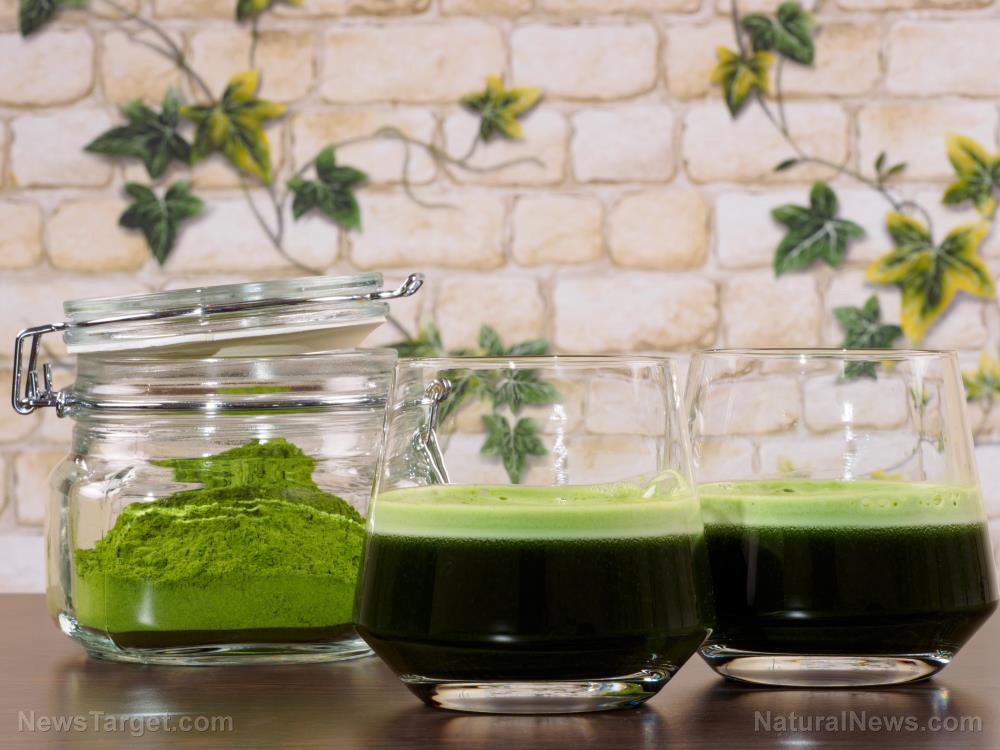
The U.K.’s Daily Mail reports that when someone has a heart attack, blood flow and oxygen supply to the heart are blocked. This can result in damage to, or even destruction of, the heart muscle. This fact prompted researchers from the Stanford University School of Medicine and the University of Pennsylvania to search for an alternative way in which to get the necessary oxygen to the heart when blood flow is restricted in this way.
“In nature, humans exhale carbon dioxide and plants convert it back to oxygen,” explained Dr. Joseph Woo, one of the study’s senior authors, and chair of cardiothoracic surgery at Stanford University School of Medicine. “During a heart attack, the muscle is still trying to pump. There’s carbon dioxide but no oxygen. We wondered if there were any way to use plant cells and put them next to heart cells to produce oxygen from the carbon dioxide.”
Of course, this makes sense, since plants convert carbon dioxide into oxygen.
The researchers initially tried placing ground up spinach and kale in a dish with heart cells to see what would happen, but the chloroplasts in these plants – which are necessary for photosynthesis – were just not stable enough to survive in this environment.
Next, Dr. Woo and his team decided to try using photosynthetic bacteria, known as cyanobacteria (or blue-green algae), which are tougher because they have to survive in water. Most of us are familiar with spirulina and chlorella, which are forms of cyanobacteria. [RELATED: Discover the many health benefits of chlorella.]
After determining that the bacteria could survive out of their environment along with the heart cells, the research team then moved on to animal trials, injecting the cyanobacteria into the tiny hearts of rats who had suffered heart attacks. This was done under anesthetic.
The hearts of half the rats were then exposed to light so that photosynthesis could take place, while the other half were kept in the dark.
Though the bacteria dissipated within 24 hours, the hearts of the rats which had been exposed to light were stronger, worked better, had more oxygen and maintained improved cardiac function for at least a month after the procedure. [RELATED: Discover other miraculous natural cures at Nutrients.news]
The study's authors concluded, "By using light rather than blood flow as a source of energy, photosynthetic therapy increases tissue oxygenation, maintains myocardial metabolism, and yields durable improvements in cardiac function during and after induction of ischemia. By circumventing blood flow entirely to provide tissue with oxygen and nutrients, this system has the potential to create a paradigm shift in the way ischemic heart disease is treated."
Scientists are now determining how best to practically utilize this therapy in the treatment of humans, as well as how to deliver the necessary light to damaged hearts.
While the clinical trial is still at a very preliminary stage, this study offers real hope for those who have suffered a heart attack and who wish to reverse the damage done so as to prevent any further attacks.
Sources:
Please contact us for more information.























